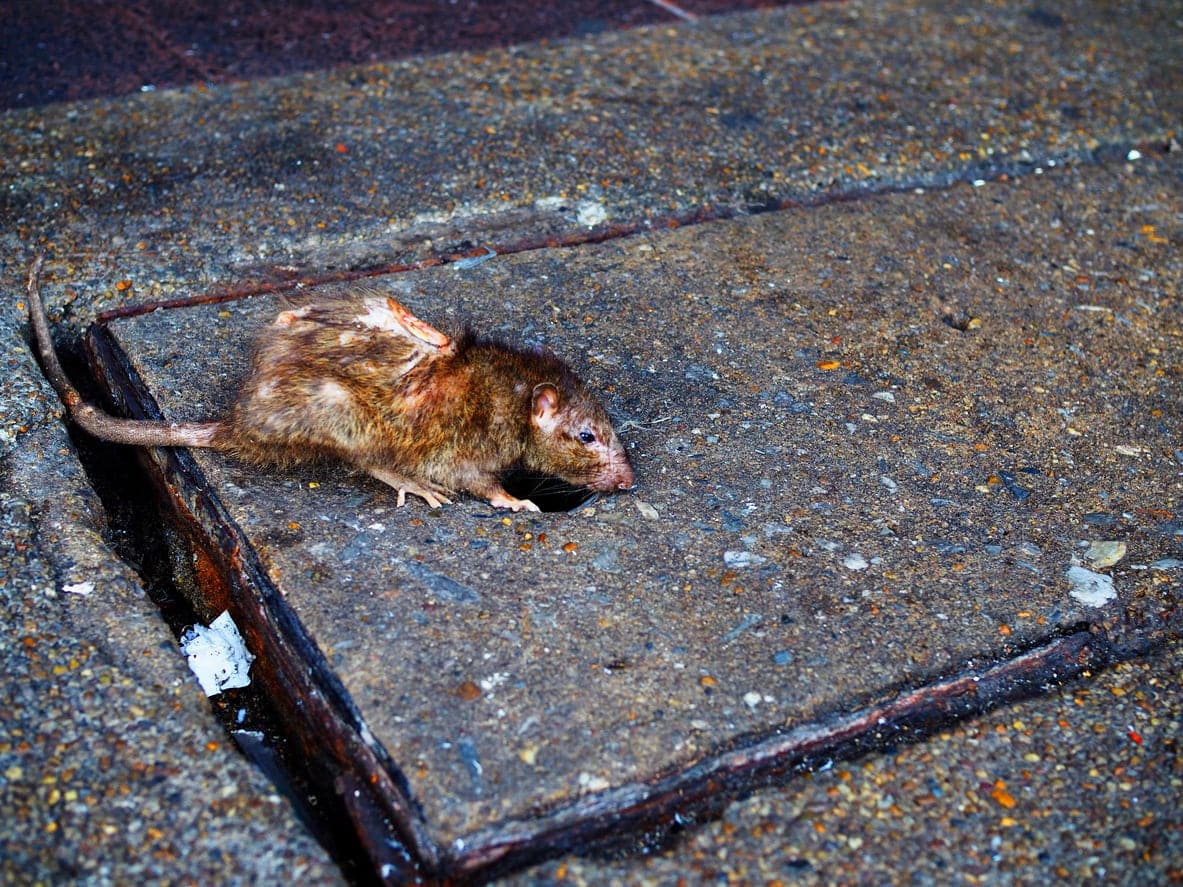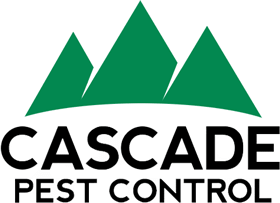Author: Kurt Treftz, Cascade Pest Control
Learning to deal with pests and keep them away can feel like a full-time endeavor. Humans and insects have a complicated relationship: can’t live with them and can’t always live without them. But when these nuisances begin to make their way into highly concentrated areas of humanity – urban areas, they can be difficult to eradicate.
Using Integrated Pest Management can help.
What is Integrated Pest Management?
Cascade Pest Control as well as many other entities practice Integrated Pest Management (IPM). IPM seeks to minimize the amount of pesticide used as well as mitigate the harmful effects of pesticides on non-target organisms and the environment. To that end, IPM uses a range of strategies to dispel insects, starting with the least invasive & toxic and moving toward more aggressive approaches only when necessary. This process can help reduce impact on the environment as well as the development of pesticide resistant insects.

Challenges of Integrated Pest Management in an Urban Environment
Integrated Pest Management is widely-used and successful in the agriculture sector where the goal is to keep the number of pests below the threshold of economic injury. So, it is often quantitative and objective with measurable metrics. IPM in an urban environment is much more subjective. This creates some challenges.
- Urban situations are often dependent on customers’ satisfaction. And likely they want total eradication.
- High degree of dependency on insecticides can impact the environment and population, especially in highly concentrated urban areas.
- Overuse of DIY pesticides which can lead to resistant pests. In fact, according to the article Insecticide Resistance and Management Strategies in Urban Ecosystems, many of the most common household pests in urban areas are shown to have developed resistance to common pesticides: house fly, German cockroach, mosquitoes, red flour beetle, bed bugs, and head lice.
Strategies of Integrated Pest Management in Urban Areas

So, what strategies of Integrated Pest Management can be implemented in an urban setting?
- Prevention is best. The first line of defense in pest management is to prevent the insects in the first place. This can be done in a number of ways.
- Deny access. Seal up cracks, gaps, and openings to prevent and stop entry. Keep screens repaired and door sweeps intact.
- Clean regularly. Practicing good sanitation reduces attractive food sources for pests. Dispose of waste properly and make sure garbage is picked up and removed as quickly as possible.
- Reduce standing water. Standing water can attract pests and also provide a breeding ground. Make sure that leaks are repaired and standing water is drained.
- Inspect and monitor. One of the first tenets of IPM is to know your pests. Proactive monitoring is a good step in learning what you are dealing with. As a homeowner, you can monitor and respond to the pests you see, but scientists are also inspecting and monitoring pests in urban environments for their resistance to pesticides. As the article in Insects noted, “A resistance management strategy with molecular markers is crucial because it can monitor insecticide resistance before it reaches the tipping point and the effectiveness of insecticides is diminished”
- Biological Control. Another big step in IPM’s process is using natural predators, parasites, and pathogens to control pests. So, you could capitalize on ladybugs in your garden. Scientists are also working on developing stronger biopesticides which can control pests and reduce the use of synthetic insecticides. These biopesticides can efficiently control pests in urban ecosystems without the dangers of synthetics.
- Genetic Control. A growing strategy for controlling insects in an urban setting is actually modifying the insect population to target enhanced pest control. Scientists have had some success with introducing a modified insect with a heritable trait into a population to advance control. They have designed mosquitoes with genes to induce sterility, reduce female pathogen resistance, shorten lifespan, or disorder the population’s sex ratio. All of these have the effect of reducing the abundance of a population.
- Community Control. Educating and engaging the community can also have a lasting impact on managing pest populations for the long-term. Clean-up events and community building can create pride in maintaining pest-free urban neighborhoods.
Creating and maintaining healthy urban spaces is important as more and more of the world’s population lives in cities. By being proactive and practicing Integrated Pest Management strategies, we can create pest-free urban environments.
